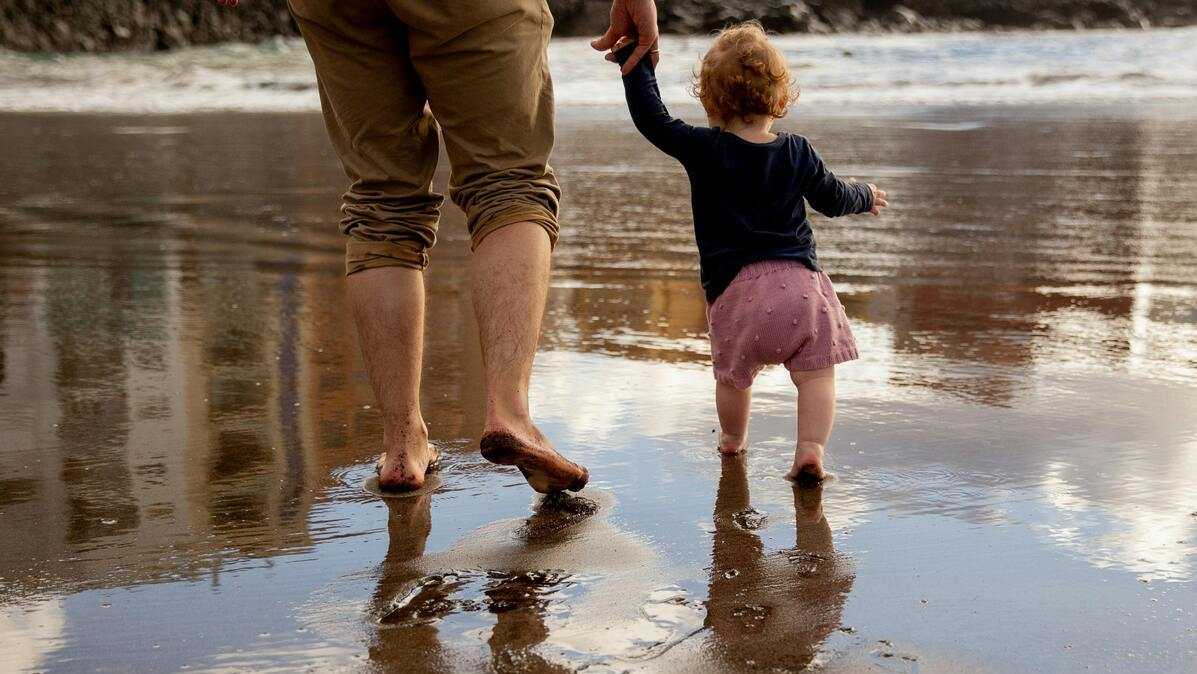Truth & Goodness
Scare, Divide, and Conquer: The Oldest Weapon in Politics
07 January 2026

Scientists agree on one thing: human infants can reach sexual and social maturity without paternal care. Theoretically, that is, because in practice, science strongly emphasizes the father's role in a child's life. It's also worth noting that this role hasn't always been the same, and the current position of the "head of the family" was unthinkable just a few decades ago.
For centuries, the father was the embodiment of a stronghold who led and protected. Hence the concept of the “head” of the family. The “head” could remain in place for centuries and decades, yet the scope of his duties to earn that title changed almost with every decade from the mid-20th century onwards. The dynamic between father and child has never been static, constantly adapting to societal shifts and evolving understandings of family roles.
Let’s, however, go back a bit further. Dr. Paul Roberts and Bill Moseley, writing on Psychology Today‘s American pages, state that “until the mid-18th century, when most fathers worked in or near the home and had a much greater influence on raising children, Western culture viewed them, not mothers, as the more competent parents.”
According to the perception at the time, fathers were burdened with greater responsibility for their children’s destinies. Books and manuals on parenting were written primarily for men. Moreover, according to R.L. Griswold, author of Fatherhood in America, it was men—unlike in our times, where it’s typically women—who customarily received custody of children in cases of divorce.
Read more: Family Roots: A Wellspring of Self-Assurance
The situation changed, however, with the Industrial Revolution and the pursuit of work outside the home. As Vicky Phares wrote in Fathers and Developmental Psychopathology, industrialization initiated “the feminization of the domestic sphere and the marginalization of fathers’ presence in their children’s lives.” By the mid-19th century, according to Phares, “child-rearing manuals were already directed at mothers.”
Many scientists then believed that a father’s contribution in a child’s early developmental years primarily consisted of “providing income, discipline, and a male role model.” Nothing beyond that.
It wasn’t until the 1920s that such views began to show cracks in the Western world. At that time, as Phares observes, “the phenomenon of ‘mother-blaming’—i.e., blaming mothers for all their children’s emotional and behavioral problems—prompted some researchers (and, undoubtedly, many mothers) to wonder if fathers might share some of the responsibility.”

By the mid-20th century, scientists began to observe that the absence of a father in early childhood could have adverse effects.
Ruth Feldman, in her article “Father’s Contribution to Human Resilience,” published in Cambridge University Press, claims that “over the past four decades, the father’s role has been reformulated.” According to the author, this was reflected in fathers’ increased involvement in childcare responsibilities and, consequently, a gradual change in traditional family roles. Of course, these changes did not progress at the same speed everywhere; they were observed in 30 Western countries at the time.
According to research conducted in the United States, cited by Feldman, since 1965, “the number of hours fathers spent with their young children on weekdays and weekends tripled, and nearly 60% of men stated that fatherhood was crucial to their self-esteem.” The range of activities related to raising children expanded “from a short time spent after work in a family context in the 1950s and 60s to a fully engaged father who spends time alone with the child and assumes the full range of caregiving responsibilities.”
The revolution in how the father’s role in caring for a child is perceived did not change the obligation of providing family income, but in the era of paternity and parental leave, these roles have been more evenly distributed between both parents, at least in some relationships.
Perhaps it is also thanks to this that it has been realized why a father is still needed for a child at every stage of development. Ruth Feldman believes that it is the father who shapes a child’s so-called resilience to the hardships and disappointments that every human being experiences. As Feldman writes, “resilience organizes the way an individual communicates with their world, especially when conditions are more difficult and resources scarcer. Particularly during sensitive periods of brain maturation, more of this attribute is needed to overcome difficulties.”
We also recommend: Sharing is Caring. The Challenge of Being Kind
Resilience, according to the author, consists of three basic elements: “plasticity,” “sociality,” and “meaning.”
The first “utilizes the ability to ‘bounce back’ from major difficulties or minor troubles, finding new solutions to simple or complex problems, and coping with high levels of stress.” “Sociality,” in turn, focuses on social bonds, without which a child cannot form even reasonably correct relationships in subsequent life stages. Finally, “meaning” reflects “the ability to face life’s challenges, overcome difficulties, and rebound from trauma by strengthening personal values, meaning systems, cultural narratives, and acts of kindness.” These usually include compassion and generosity, both concrete and metaphorical.
Science also explains why two parents are needed for this, working together but at the same time differing from each other, presenting different ways of coping with problems.
Differences are visible as early as infancy. For example, according to researchers, fathers do not direct infants’ attention to face-to-face communication, as mothers do. Fathers and children focus attention on the surrounding environment and prefer, as Feldman writes, exploratory play over social play. Both are necessary. Both form a whole.
Scientists observed the necessary presence of a differentiated approach from father and mother to childcare relatively recently, but they did not limit their research to humans. As it turned out, marmoset monkeys surpassed capuchins and Tonkean macaques in social skills. The study authors concluded that this is the effect of being raised by both parents, because only individuals of these primates were raised in this way.
On the other hand, paternal care is rarely found in mammals, occurring in only 3–5% of species. One might therefore wonder whether, in this case, it is worth siding with the majority.


Science
06 January 2026

Zmień tryb na ciemny